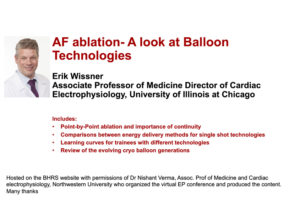BHRS Premium Video Library Preview
Below we have a provided a small preview of what is available in the Premium Members Only Video Library. If you’d like to enjoy full access to all the premium videos please do sign up as a BHRS member.
3 videos found
BHRS Open Video Library
33 videos found










